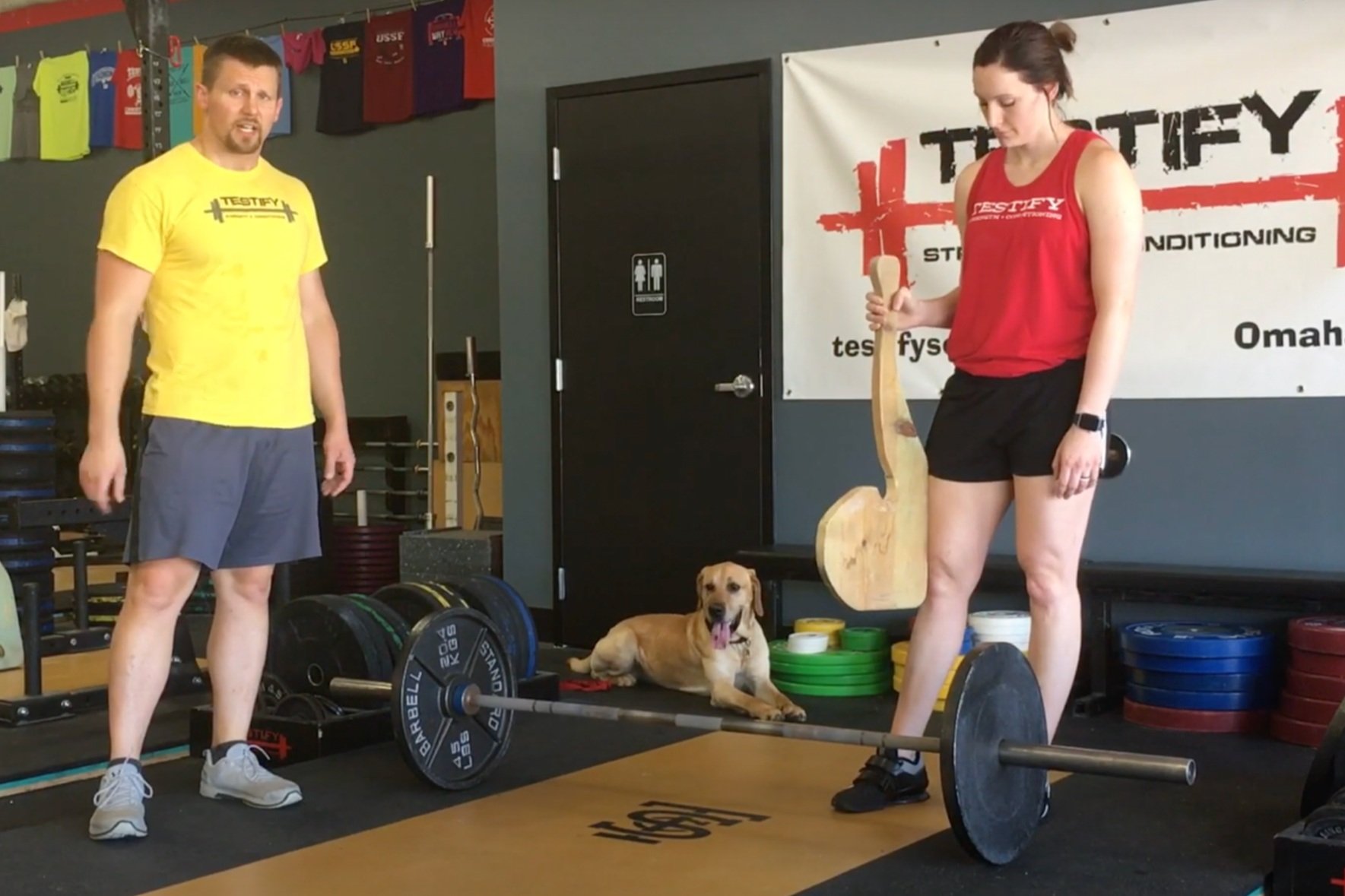Week 2021.11.22 - Thanksgiving hours
/Reminder: Below are the hours for this week (you can also find these on our Location & Hours page). Any days not listed retain their normal hours.
Wednesday, 11/24/21: Regular hours
Thursday, 11/25/21: Closed
Friday, 11/26/21: 7:00 a.m. - 10:00 a.m.
Saturday, 11/27/21: Regular hours
New on the Testify YouTube channel!
This Week’s Conditioning
Option 1
”Prowler Base+1”
1. Load up a manageable weight.
2. Sprint 40m at 85% intensity.
3. Rest 30 sec.
4. Repeat 5-15 times.
Courtesy of “Death by Prowler” (on Starting Strength).
Compare to 2021.09.20.
Option 2
Bike/row:
4 x 3 minutes
Rest 3 minutes between each round. Score = lowest distance.
Compare to 2021.08.30.
Option 3
Outdoors:
5-10 rounds:
10 sledgehammer strikes (5R, 5L)
50 yd farmer carry (25 yd down-back)
Rest 1 minute
Indoors:
5-10 rounds:
10 sledgehammer strikes (5R, 5L)
100 ft farmer carry (50 ft down-back)
Rest 1 minute
Compare to 2021.08.02.
Option 4
1. 5 yoke carries @ 30 yd (15 yd downback) – work up to heaviest carry
2. 5 rounds of 5 reps on the axle “clean and press away” – work up to heavy set of 5
Compare to 2021.08.02.














